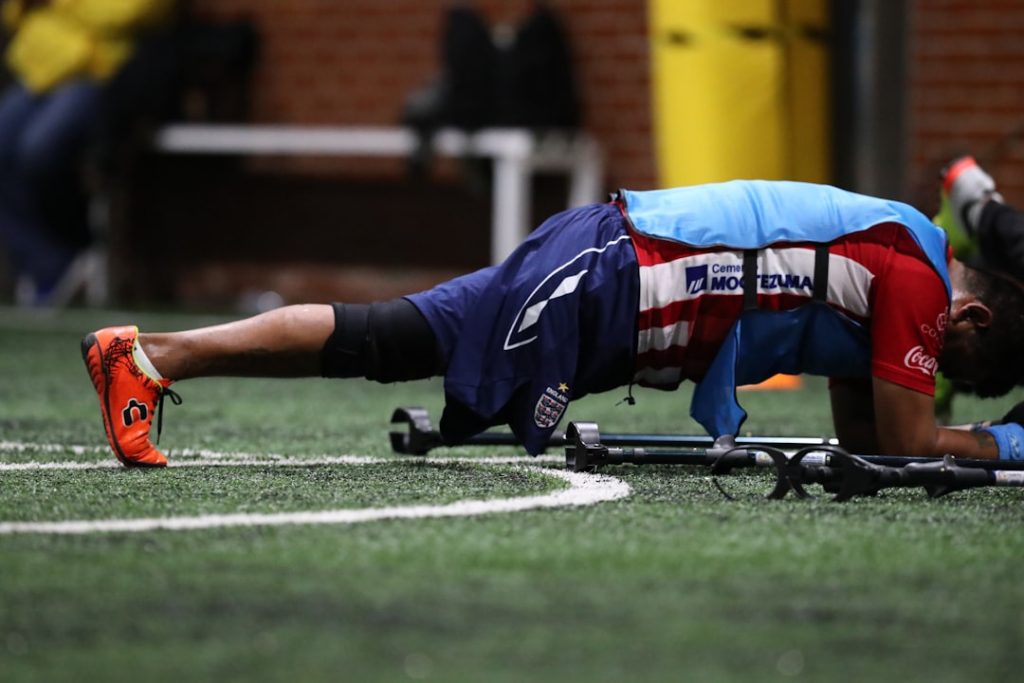In today’s hyper-connected world, high school athletes across the United States are leveraging cutting-edge technology to boost their chances of being recruited by college teams. With fierce competition and limited visibility, student-athletes are taking control of their own destinies by using digital tools to stand out. What was once a process driven largely by in-person scouting has now become a dynamic digital strategy that includes video analysis, social media outreach, and performance-tracking platforms.
Recruitment Goes Digital
College recruitment is no longer dependent solely on scouting trips and word-of-mouth. Coaches now often begin their search online, where athletes have curated their own digital portfolios. High school athletes are becoming more proactive, recognizing that if they don’t market themselves, they may go unnoticed.
Many athletes utilize dedicated platforms such as Hudl, NCSA (Next College Student Athlete), and BeRecruited to upload game footage, performance stats, and academic records. These platforms allow coaches to filter through thousands of prospects based on criteria such as position, height, speed, and test scores.
Video is the New Resume
Nothing sells talent like video. Today, many athletes—often with the help of coaches or parents—compile highlight reels demonstrating skills, athleticism, and game-time decisions. These clips are edited for optimal impact, spotlighting everything from finesse in footwork to high-pressure plays. The goal is to tell a clear story of capability and potential.

Platforms like Hudl offer tools not only to upload these videos but to analyze them. Athletes and their coaches can break down game footage to point out strengths and weaknesses, which benefits both recruiting and personal development. Some platforms also let college coaches provide direct feedback, forging a digital communication channel early in the recruitment process.
Social Media as a Recruitment Tool
Instagram, Twitter, and YouTube have emerged as important tools in the recruitment journey. Athletes use these platforms to post highlights, training routines, and academic achievements. A strategically managed social media presence can give a recruit the edge by showcasing personality, sportsmanship, and discipline alongside athletic ability.
It’s not uncommon for coaches to check an athlete’s public social media feed before making contact. A clean, focused profile can serve as a subtle endorsement of the athlete’s character and mindset. For this reason, many high school programs now offer workshops that teach digital awareness and branding to young athletes.
Wearable Tech and Performance Tracking
Beyond showcasing talent, today’s tech-savvy athletes are documenting their progress with the help of wearable technology. Devices like GPS-enabled trackers, heart rate monitors, and smartwatches allow athletes to measure performance metrics such as speed, endurance, and recovery rates. These data points can be shared with college scouts to offer an in-depth look at how a candidate is developing physically over time.
Image not found in postmeta
Some advanced platforms compile these statistics into weekly or monthly reports that athletes can include in recruitment portfolios. In some cases, this kind of data has tipped the scales when coaches were deciding between players with similar skill levels.
Virtual Showcases and Online Exposure
Due to travel restrictions, budget cuts, or simply the convenience of remote networking, virtual showcases have started to gain serious traction. These online events allow athletes to perform drills, answer interview questions, and present themselves to a nationwide audience of recruiters without ever leaving their hometowns.
Some platforms host live-streamed combines or pre-recorded virtual tryouts where athletes are evaluated on drills designed to simulate game scenarios. These online showcases not only minimize geographic disadvantages but also open up opportunities to athletes from rural areas who might previously have been overlooked.
Challenges and Considerations
- Accessibility: Not all families can afford expensive editing software, wearable tech, or platform memberships, potentially creating a disparity in visibility.
- Authenticity: There’s a fine line between marketing and misrepresentation. Coaches are trained to look past flashy edits and examine the substance of an athlete’s skills.
- Digital Footprint: A poor social media presence or inappropriate online behavior can quickly undo months of hard work.
Conclusion
As the recruitment process continues to evolve, technology stands as both a challenge and a powerful ally for aspiring collegiate athletes. By strategically using digital tools, young athletes can take initiative in showcasing their hard work, skills, and character. When used wisely, tech levels the playing field and connects talent with opportunity in ways that were unimaginable a generation ago.
